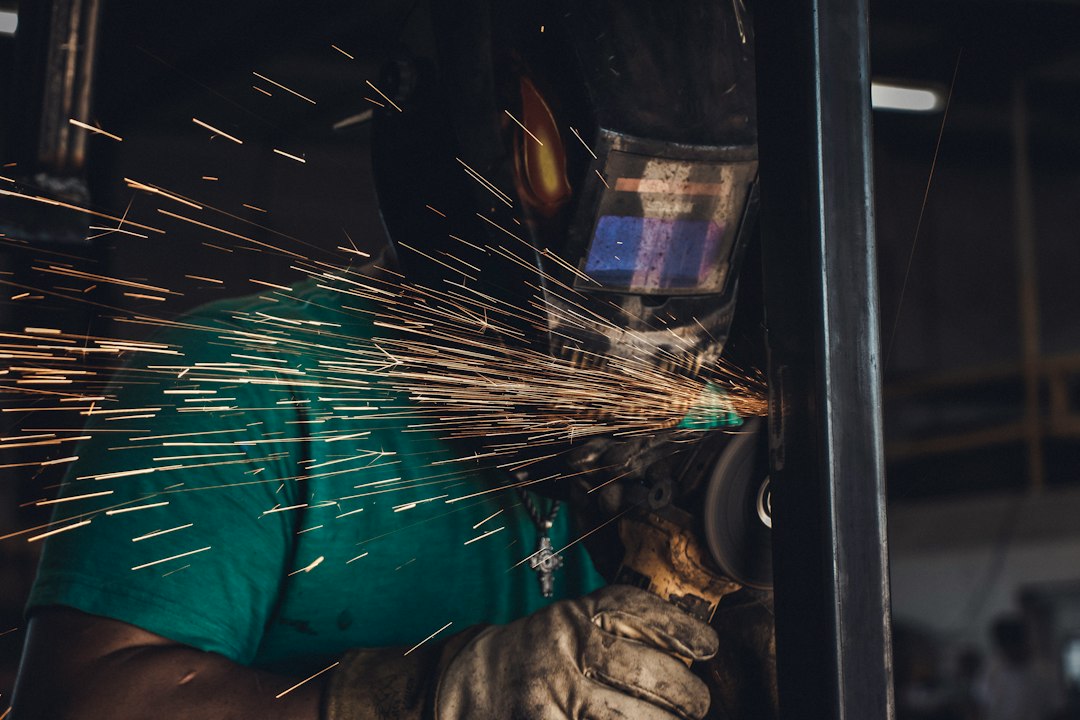The Integration of Internet of Things (IoT) in Manufacturing
Over the past few years, there has been a significant advancement in technology that has revolutionized various industries. One such technology is the Internet of Things (IoT), which has made its way into the manufacturing sector. The integration of IoT in manufacturing has opened up new possibilities and has the potential to bring about a significant transformation in how factories operate.
IoT refers to the network of physical devices, vehicles, and other objects embedded with sensors, software, and network connectivity, enabling them to collect and exchange data. In the manufacturing industry, IoT has enabled a seamless connection between machines, systems, and workers, leading to increased efficiency, productivity, and improved decision-making.
One of the ways IoT has revolutionized manufacturing is through the concept of smart factories. Smart factories are industrial facilities where machines, equipment, and processes are interconnected and communicate with each other in real-time. By integrating IoT devices within their machinery, manufacturers can gather data on various parameters like temperature, pressure, humidity, machine performance, and energy consumption. This data can be analyzed to identify patterns, predict maintenance needs, and optimize production processes, ultimately improving overall production efficiency.
Another area where IoT has made a significant impact is in supply chain management. Manufacturers can now track, monitor, and manage their inventory more effectively using IoT-enabled devices. Real-time data on inventory levels, product location, and shipment status can be accessed, allowing manufacturers to make informed decisions and reduce operational costs. IoT can also help in ensuring the quality and safety of products by monitoring factors like temperature, humidity, and handling conditions during transportation.
Furthermore, IoT has also enabled manufacturers to achieve energy efficiency and sustainability goals. By integrating IoT devices throughout the manufacturing process, energy consumption can be monitored and optimized in real-time. This not only helps in reducing energy costs but also contributes to reducing the carbon footprint. Manufacturers can also use IoT devices to measure and analyze emissions, track the usage of resources like water, and implement sustainable practices to support environmental conservation.
While the integration of IoT in manufacturing offers numerous advantages, it also brings forth challenges that need to be addressed. One of the primary concerns is data security and privacy. With the increased connectivity and data exchange, the risk of cyber-attacks and data breaches becomes more significant. It is crucial for manufacturers to invest in robust cybersecurity measures and ensure that their IoT systems are secure from any unauthorized access.
Another challenge is the need for a skilled workforce capable of utilizing and maintaining IoT devices and systems. Manufacturers need to provide adequate training and upskill their employees to leverage the full potential of IoT technologies. Additionally, there might be resistance from workers who fear that the integration of IoT may lead to job losses. It is crucial for manufacturers to communicate and collaborate with their workforce to address any concerns and highlight the benefits that IoT can bring to their work.
In conclusion, the integration of IoT in manufacturing has paved the way for increased automation, productivity, and efficiency. For manufacturers, embracing IoT technologies is not only a means to stay competitive but also an opportunity to transform their operations and realize the full potential of Industry 4.0. By leveraging the power of IoT, manufacturers can create smart factories, optimize supply chain management, achieve energy efficiency goals, and ultimately deliver high-quality products to their customers. However, it is essential to address the challenges associated with IoT implementation, such as data security and workforce upskilling, to ensure a smooth transition and reap the benefits of the IoT revolution in manufacturing.


